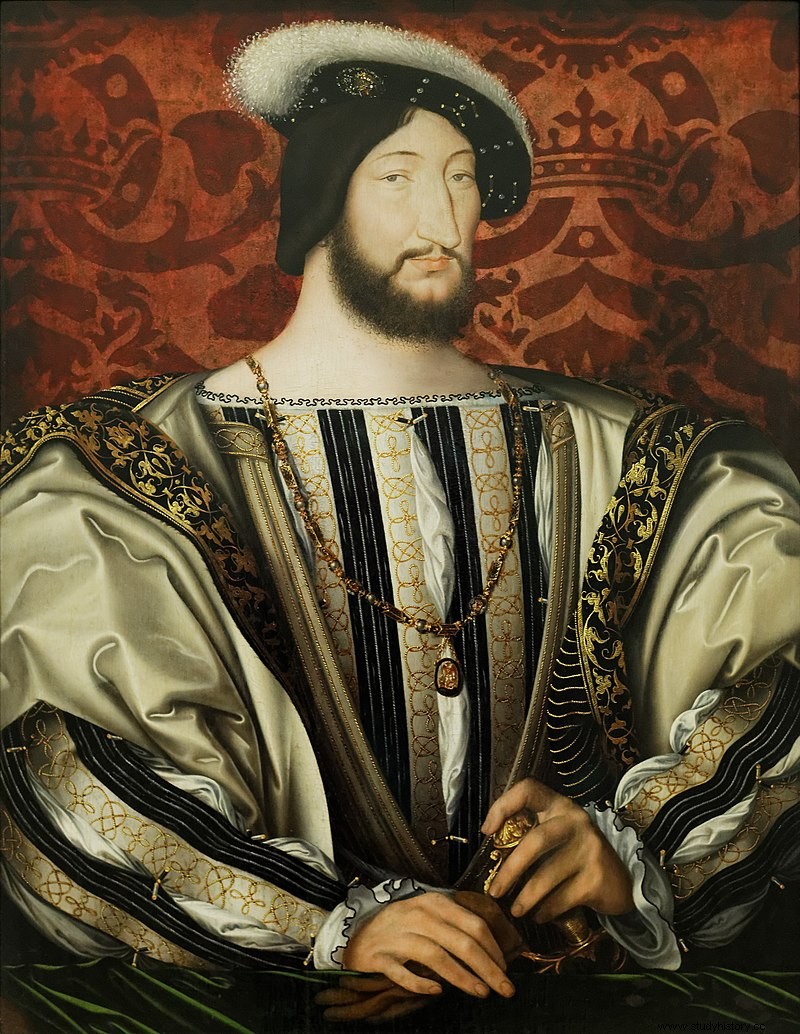Son of the Count of Angoulême Charles de Valois and of Louise de Savoie, François I st succeeded Louis XII in 1515. He married Claude de France, daughter of the latter in 1415. The Italian campaigns and the Protestant threat shook his reign during which he fought fiercely against Charles Quint and the Habsburgs. In this context, Henry VIII, King of England, sometimes appears as a potential ally, sometimes as an enemy. Despite a brilliant victory at Marignan François I st was imprisoned following the defeat of Pavia in 1525. He had to accept the Treaty of Madrid, which he ultimately did not apply when resuming the war.
His reign is also a moment of revaluation of the kingdom, which he organizes and structures by laying the foundations of an absolute monarchy, while leaving his taste for culture short. As a result, he invited artists (painters, sculptors, musicians, architects, etc.), intellectuals – especially humanists – and scientists to his court. Thus, Leonardo da Vinci, Benvenuto Cellini and Primaticcio deploy their art in its service through, for example, the construction and decoration of the castles of the Loire) and found the School of Fontainebleau. He also had collections of manuscripts and works built up. Thus, he laid the foundations of the Collège de France, the National Printing Office and enriched the French library by having the legal deposit instituted in 1537.
1494 - 1547

Status
King
